PITHIA-NRF aims at building a European distributed network that integrates observing facilities, data processing tools and prediction models dedicated to ionosphere, thermosphere and plasmasphere research. PITHIA-NRF integrates on a European scale, and opens up, to all European researchers, key national and regional research infrastructures such as EISCAT, LOFAR, ionosondes and digisondes, GNSS receivers, Doppler sounding systems, riometers, and VLF receivers, ensuring optimal use and joint development. PITHIA-NRF is designed to provide organized access to experimental facilities, FAIR data, standardized data products, training and innovation services.
Objectives of the PITHIA-NRF project:
- To provide effective and convenient access to the best European research facilities (nodes) for the upper atmosphere. Access is subsidized through the Transnational Access (TNA) program, and gives the possibility for external research teams to perform their own projects working in one of the PITHIA-NRF nodes.
- To develop integration tools that enable the establishment of a comprehensive Research Infrastructure. This set of tools is provided through the PITHIA-NRF e-science center, providing FAIR data and high-level data-products.
- To provide long-term observational data, required for advancing our knowledge in the Ionospheric, Thermospheric and Plasmaspheric research domain trough connection with the European Open Science Cloud.
- To provide organized and systematic training on the use of observing facilities and of the integration tools. Training is provided through workshops, schools, webinars, and on-site sessions.
- To create a European distributed research infrastructure that will provide a range of research support services to the upper atmosphere research community. To provide the tools for continuous interaction with users. To promote the PITHIA-NRF activities and services to the public and the stakeholders.
The project has a duration of four years and began on April 19, 2021. It consists of a consortium of 22 members from 13 countries in the European Union and the United Kingdom. The TNA activities in PITHIA-NRF is organized with twelve nodes providing access to key experimental and data processing facilities for studies and modelling of the physical processes acting in the Earth’s plasmasphere, ionosphere and thermosphere.
The Ebro Observatory is one of these nodes and makes its infrastructures available to the scientific community to carry out research activities in the domain of Ionosphere research. Specifically, the Observatory node is open to experiments in the fields of detection and characterization of Travelling Ionospheric Disturbances (TIDs), studies on the absorption produced by solar flares in the signal-to-noise ratio of ionograms, studies of the response of the height of the ionospheric density peak under severe geomagnetic storm conditions, identification of ionospheric depletions, and in addition, opens the possibility of scheduling specific observation campaigns with the ionospheric sounder. Besides acting as a node, the Observatory will also contribute to the standardization of data and models, as well as to the dissemination of project results and project activities.
For more information you can visit the main page of the PITHIA-NRF project (https://pithia-nrf.eu/).


